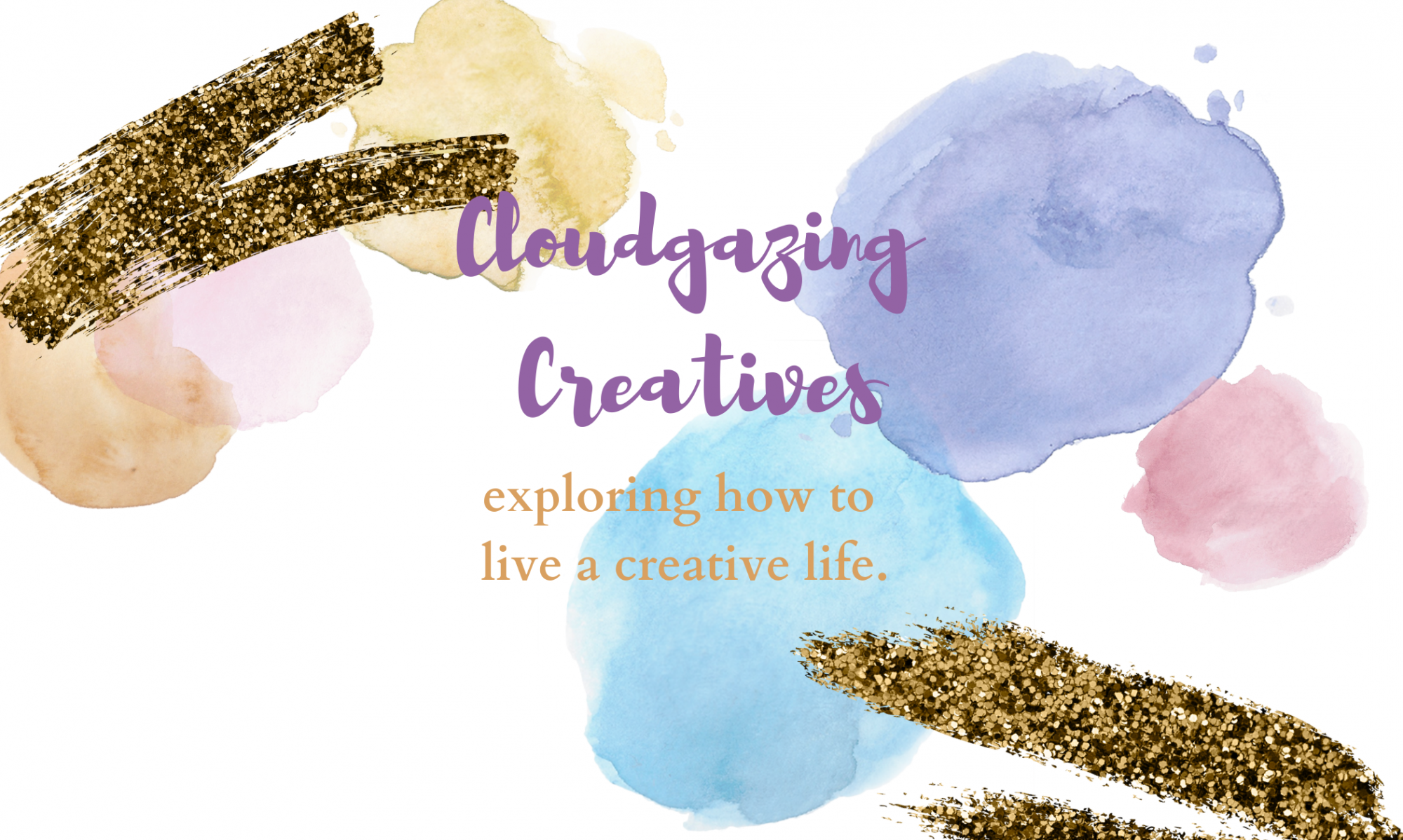By Cloud Gazer Emily
Memories of childhood are rich and hopefully for most of us, joyful. People have varying abilities to recall their childhood, but for many many people there are sounds, smells or sights that trigger the brain to remember favourite places, events and people.
Many of our favourite memories are of play; being up a tree, riding a bicycle around the neighbourhood, climbing up a heather covered mountain to pick wild blueberries or swimming at the cottage. You may also remember drawing with crayons, or the smell of a new notebook, or how a new pencil felt when you began to write or draw in school. You might remember the amazing rocket ship you built once, out of boxes, or a tent from mom’s linen, or a tree house, or a hay fort or a ballet dance with turquoise and orange nylon sheets and James Galway on the record player. These activities are the developmental basis for creativity and children are the most creative beings on the planet. As an educator, Emily discusses children’s play with parents and this always results in stories about their own childhood experiences and what they remember building, making, painting, creating and drawing.
So why do so few adults retain that creative spark? Is it because we stopped playing? Is it because schools stifle creativity? Is it a societal effect, whereby the perception that play is for children, that failing is bad and that academics are the key to success have eroded the ability to be creative? Is it just in our genes; that some of us just aren’t creative?
I’m here to reassure you that it most definitely isn’t your genetics. Everyone has the ability to be a creative thinker and problem solver. I can also tell you that it can be an unfortunate combination of the other three elements that causes people to believe that they aren’t creative.
Please remember, being creative doesn’t mean you can draw a figure like Degas, or paint a landscape like Monet or sculpt like Rodin. Technical ability is something else entirely. Creativity is the ability to think of an idea and express it in some way that pleases you. Creativity is being able to think of unusual solutions to tricky problems, to use materials in a novel and unexpected way. Creativity is following the ideas in your head to a satisfactory (not always successful) end, Creativity is the thinking and finding and making and the doing of your brain pictures.
So, we know that creativity isn’t genetic. We know that there are external factors that may have had an effect on how creative we either are or feel we are as adults. What are they and how do they stop us from being creative? Let’s explore.
There has been a seismic shift towards a resurgence in almost all of these activities as forms of ‘stress relief’ in recent years and I am here to tell you that if you do these regularly then you aren’t relieving stress, you are avoiding its build up in the first place. And also building the capacity to be creative. Because unlike activities where points will be awarded, or leagues won, or in the case of playing with your kids (although it can absolutely be a creativity builder in many circumstances) part of parental duties; making time for YOUR playtime will allow your brain to focus on novel solutions and expression of self.
Schools have also contributed greatly to the demise of creativity as a human skill. The westernization of schooling into the ‘sitting at desks, learn what I am telling you, memorise this formula, this is how you do it’ method of teaching is eroding students abilities to try things their way and FAIL at them. Because, hard as it is, failure is one of THE most valuable lessons in how to come up with a creative solution to anything. How can we know and understand what works if we don’t see what doesn’t?

Sir Ken Robinson’s TEDTalk https://www.ted.com/talks/sir_ken_robinson_do_schools_kill_creativity?language=en is one of their most popular and he explains it far better than anyone. We value success more than failure, reward success more than experimentation and expect conformity. This is not to say that some students aren’t creative, but I guarantee you most students begin to quash some of their more original ideas as the system begins to erode their confidence and show them the ‘expected’ way of doing things
That leads us to our third influence on the decline of creativity in the ordinary human. Society. Western society and other cultural influences from around the world have had a massive effect on how we see creativity, (the eccentric, the mad artist, the messy maker or the artisan who ‘just’ makes things. These have become specialized programs in schools, and in further education, instead of regularly integrated parts of everyday life. Artists and makers are seen as a breed apart, instead of recognised as the best of the creators among all of us.
How do we become more creative then- if we think we have lost the skill, or never had it?
Trying something new is a start. Be it mud handprints on a wall, a crayon and paper colouring, pottery class, dancing in your basement to a favourite tune, doing your own crazy hair style or experimenting with fashion choices, painting a picture- ANY picture, or singing a song, the essence of creativity is being brave. Brave enough to try. Creativity doesn’t care if it works, or what it looks like- at least not when we start our creative journey. Refinement comes later.
Be sure to follow us on Instagram, Facebook and Pinterest for more ideas on how to develop your creative chops; whether you are an absolute beginner, an amateur maker or an experienced creator. We can enjoy this beautiful journey together!
